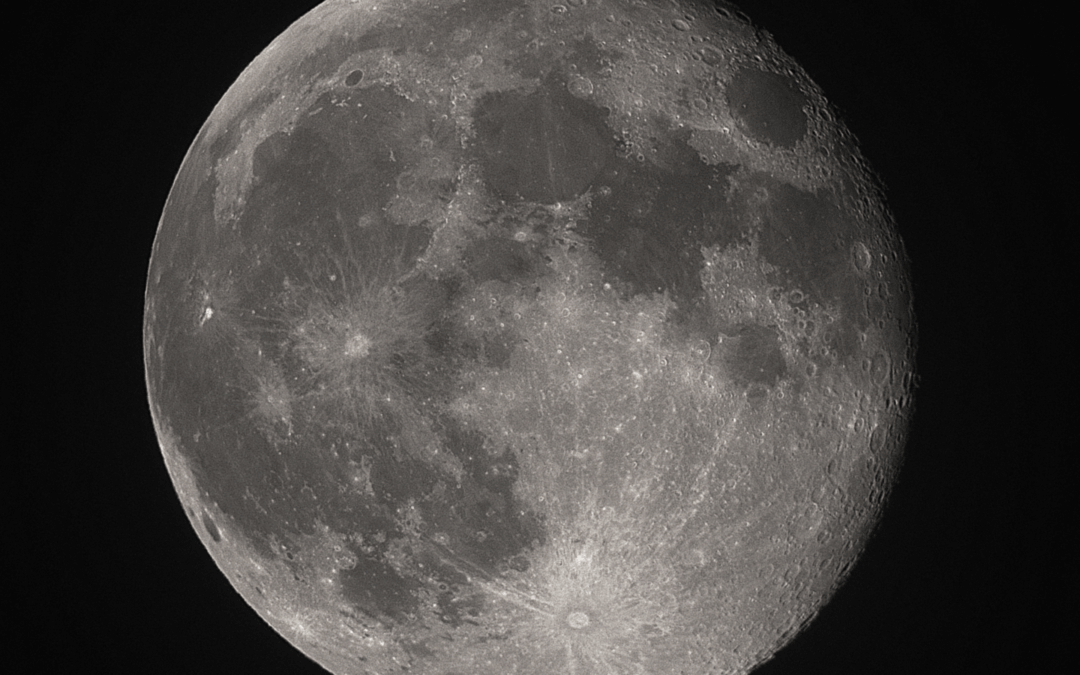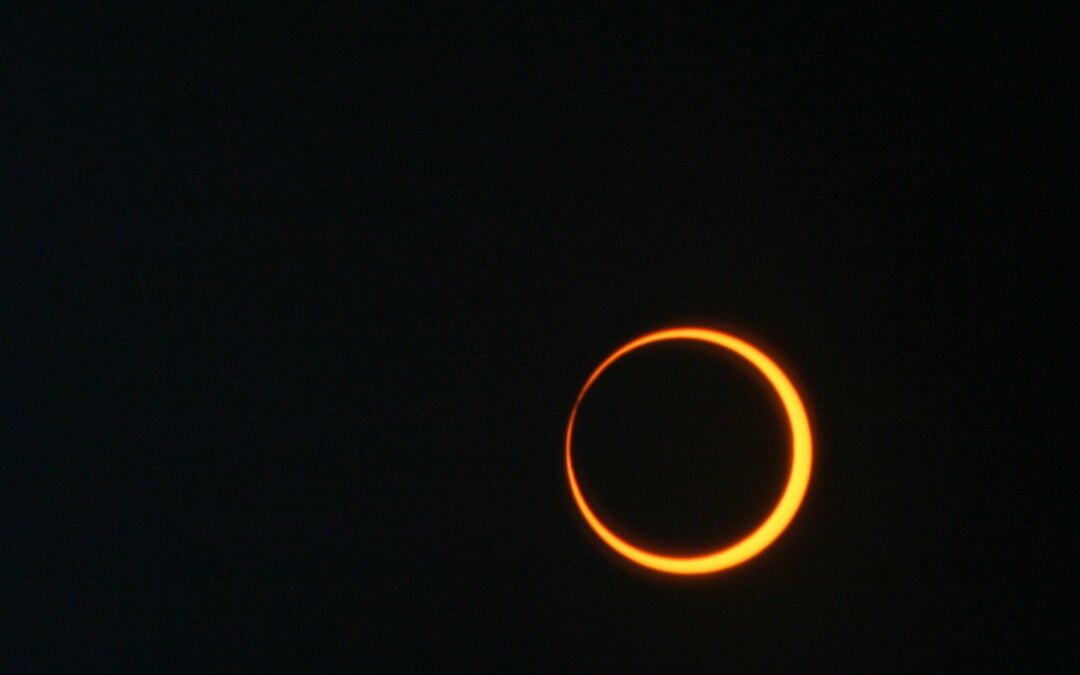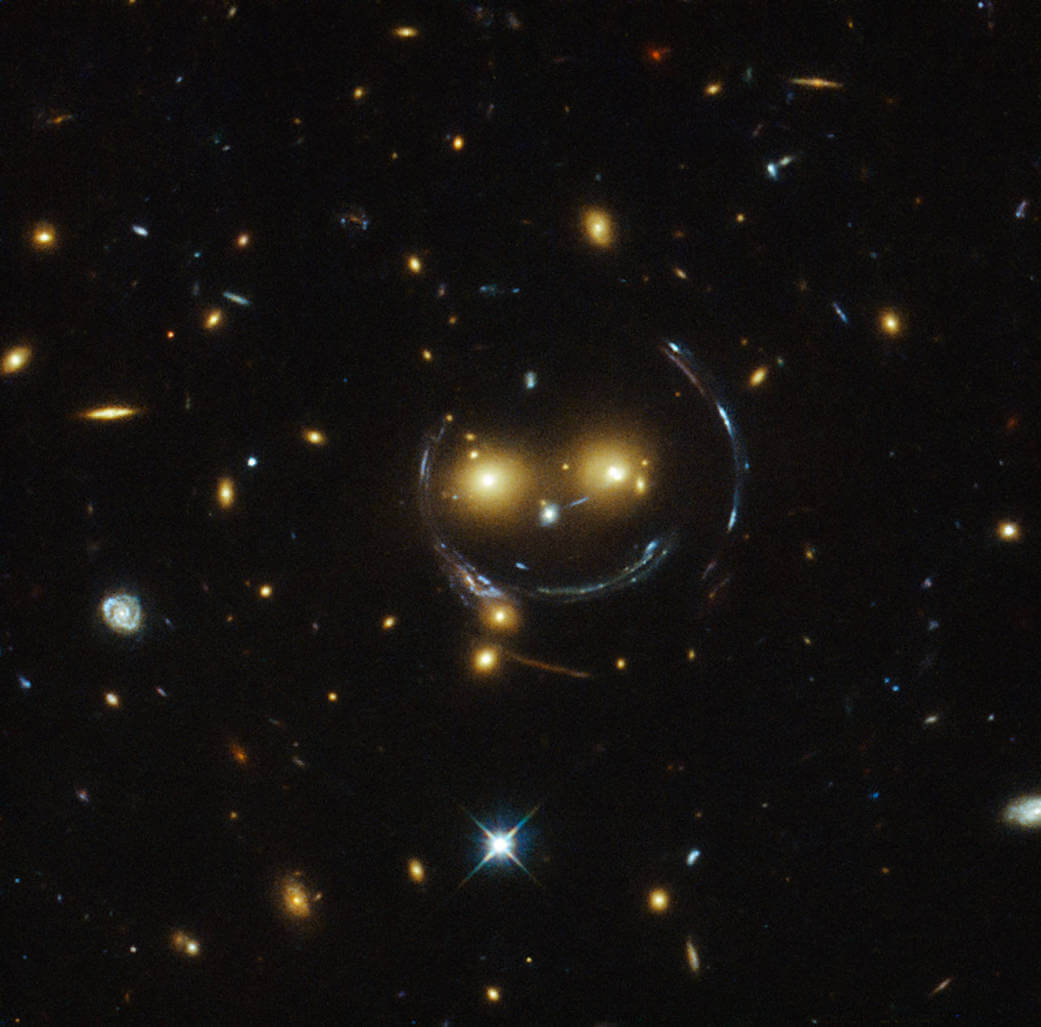With crisp, clear nights on the horizon, fall is bringing new opportunities for stargazing in the Northern Hemisphere. To find the best deep-sky objects to observe, we turned to some of our Unistellar users. Their picks for the best fall observing targets include a bumper crop of majestic celestial objects for you to enjoy in the night sky. So let’s warm up some cider, grab your scope, and get outside!
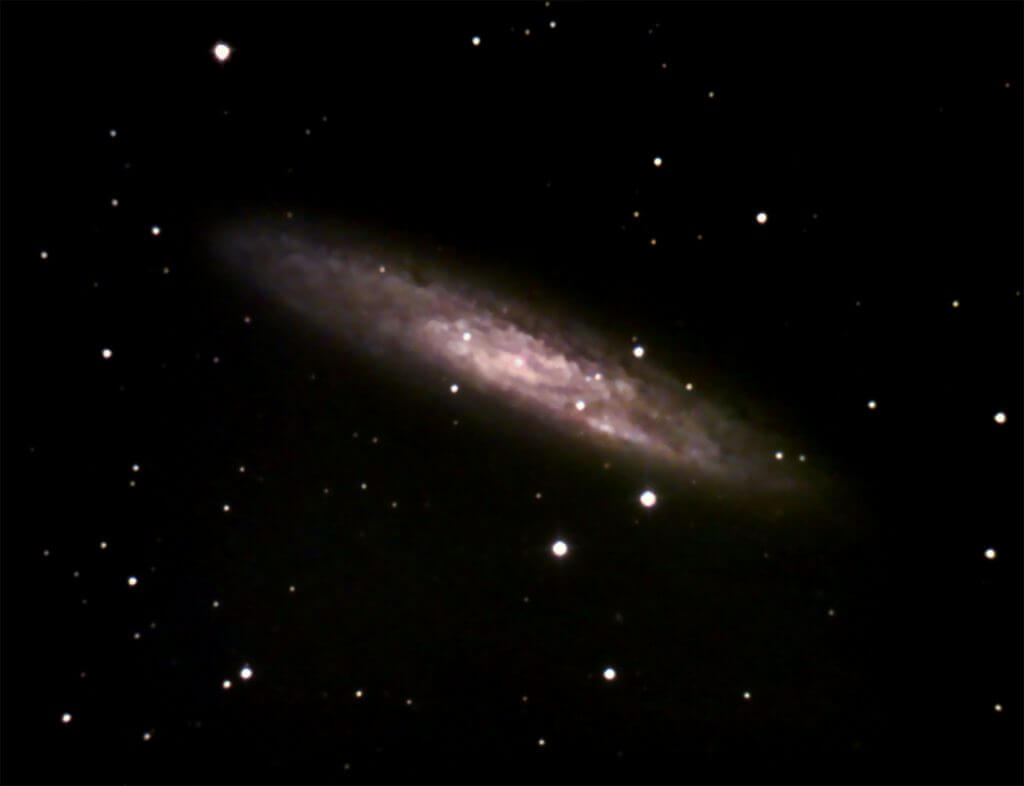
Image captured by Unistellar eVscope user Jacques Bérard (Canada)
Sculptor Galaxy (NGC 253)
This massive starburst galaxy is home to a flurry of new star formation, and it’s readily apparent to most observers. Discovered by astronomer Caroline Hershel in 1783, it’s one of eVscope user Jacques Bérard’s favorite targets.
“The galaxy is huge and has a nice silver color with a lot of detail,” Bérard says. “As soon as it is high enough I will revisit this gem of the fall sky.”
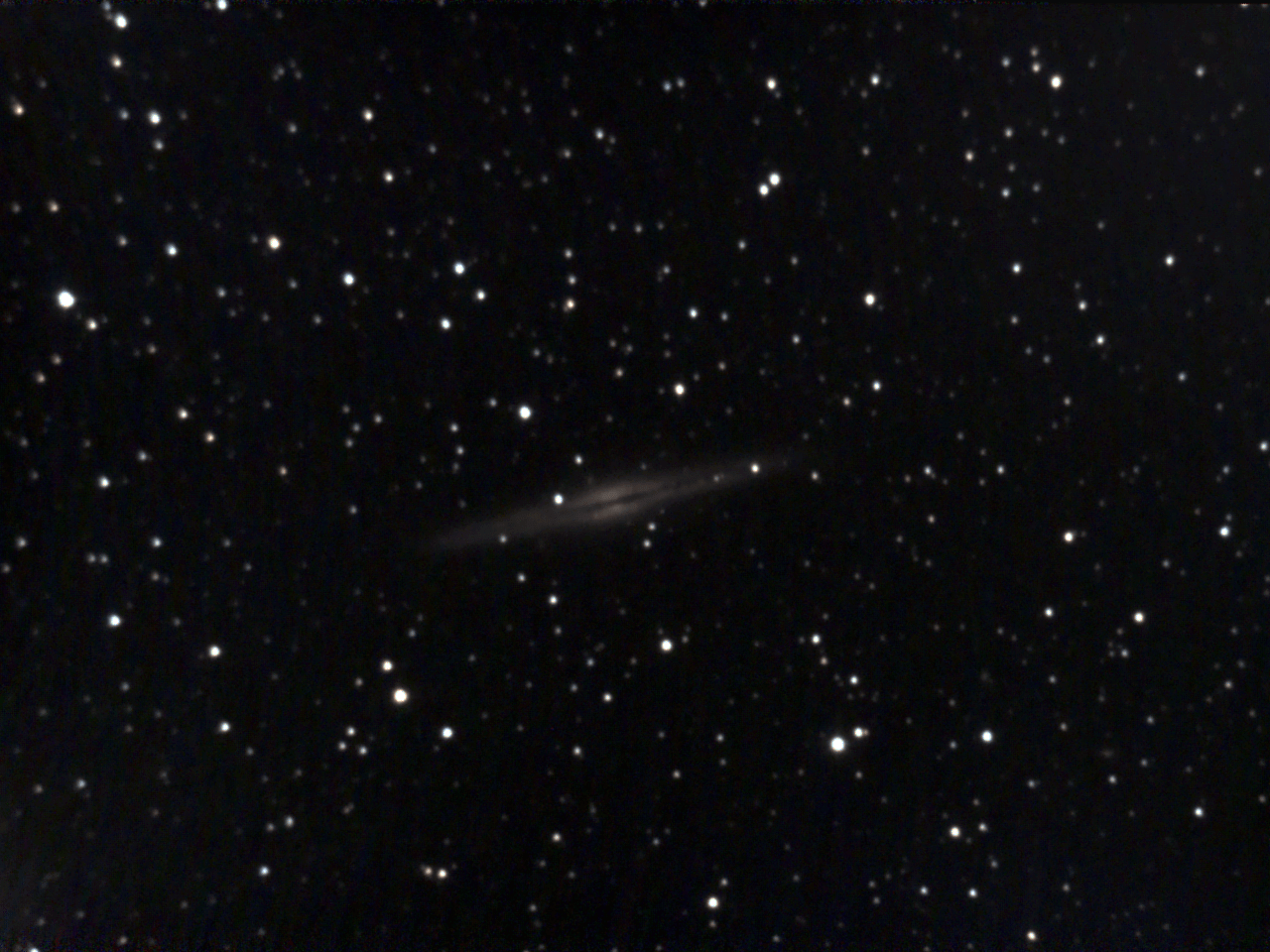
Image captured by Unistellar eVscope user Scott Kardel (USA)
The main stars within Canes Venatici include:
- Cor Caroli (α CVn): a binary star system, meaning two stars that orbit each other. In 1660, English physician and mathematician Sir Charles Scarborough gave it the name Cor Caroli, which means “Charles’ Heart.”
- Chara (β CVn): the second brightest star in Canes Venatici. In Greek, Chara means “joy.”
- La Superba (Y CVn): red giant star and is one of the reddest stars known (imaged above)
Observing Tips:
- Search for “cvn” in the Explore tab of the Unistellar app. What shows up will be all the stars and deep-sky objects in the Unistellar app database within the Canes Venatici constellation.
- We recommend using the Enhanced Vision mode when viewing stars to bring out their colors.
- Depending on the sky quality at your location, you may want to leave the Enhanced Vision mode on for a few seconds.
NGC 891
Observers on Earth can see this unbarred spiral galaxy edge-on in the constellation of Andromeda. It’s a reminder, says Mike Merrifield in the U.K., of how slim galaxies like our Milky Way truly are.
“It underlines quite how thin and delicate the disks of such galaxies are, with the dust lane cutting across it forming an even thinner feature,” Merrifield says.
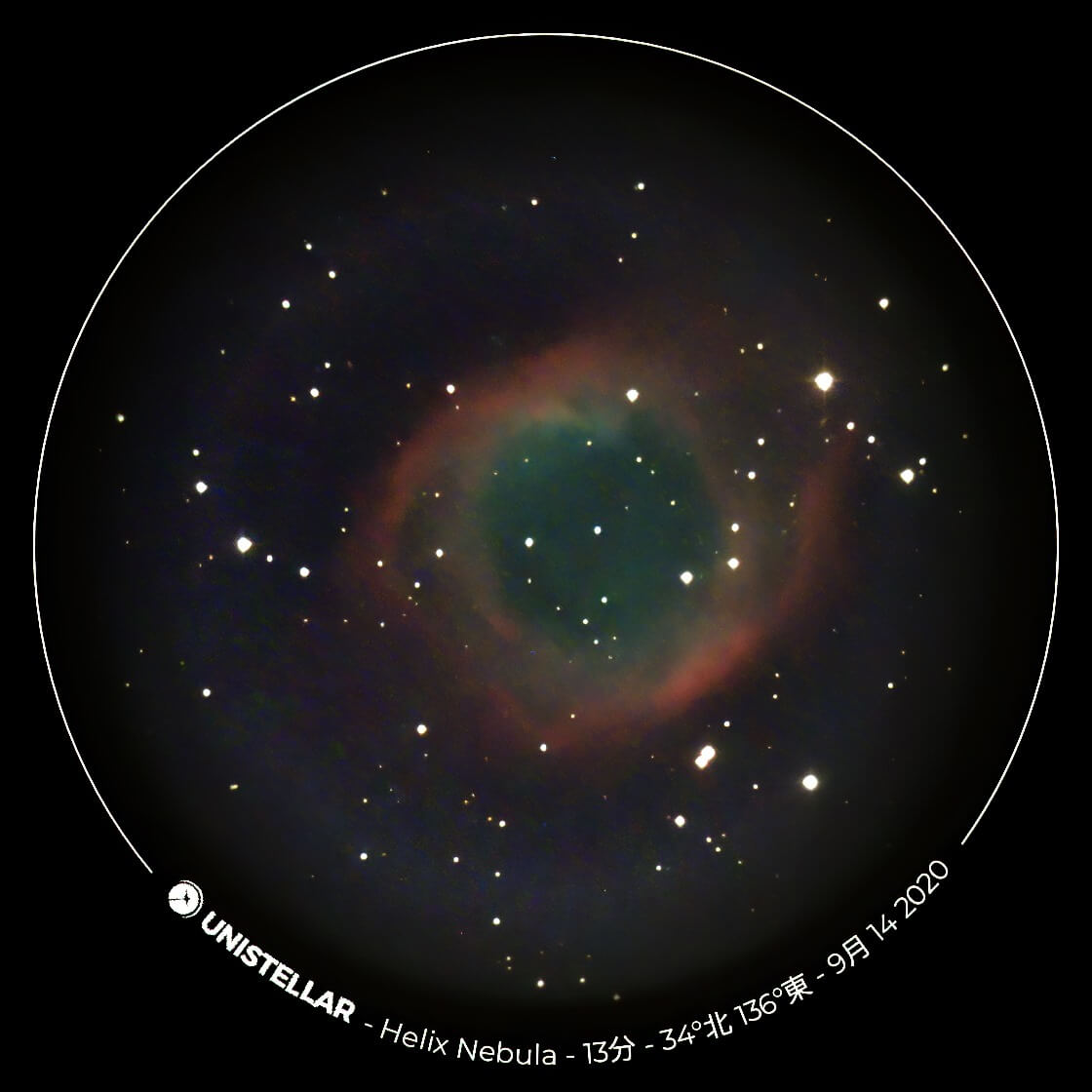
Image captured by Unistellar eVscope user Tateki Goto (Japan)
Helix Nebula
The Helix Nebula is often called the “Eye of Sauron” for the way its central stellar core and surrounding gaseous envelope resemble a malevolent eye. Close to Earth, the object appears relatively larger than other similar nebulae.
“It’s just the right size to fit nicely into the eVscope’s viewfinder,” says Tateki Goto, an eVscope user from Japan.
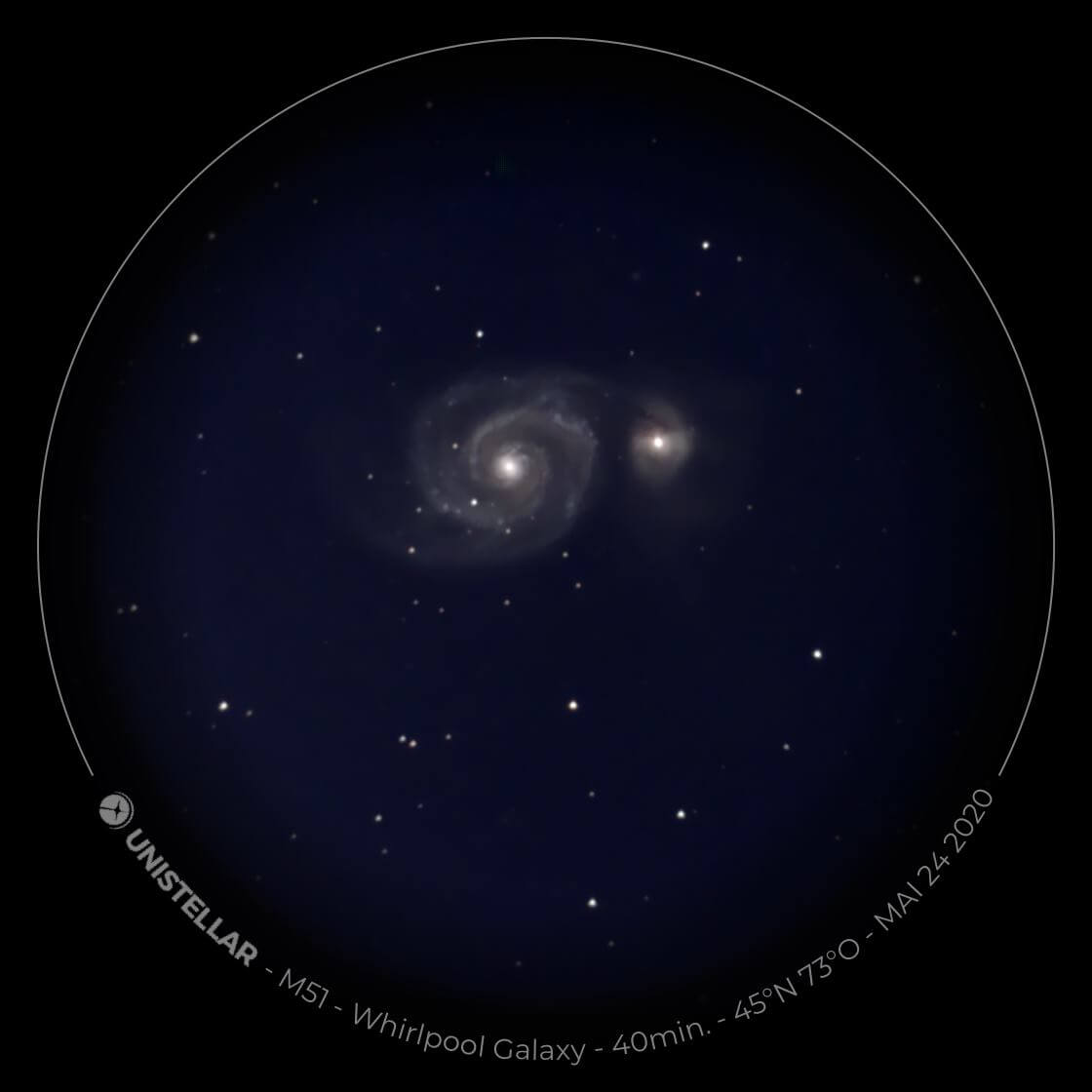
Image captured by Unistellar eVscope user Jacques Bérard (Canada)
Whirlpool Galaxy
The Whirlpool Galaxy, M51, comes with a bonus: the dwarf galaxy NGC 5195. Connected by a thin stream of dust and gas called a tidal bridge, these galactic companions are a unique example of cosmic interaction, says Bruno Guillet, from France.
“It’s one of my favorite targets: this interacting galaxy pair is beautiful and the dust-rich tidal bridge is always impressive,” Guillet says.
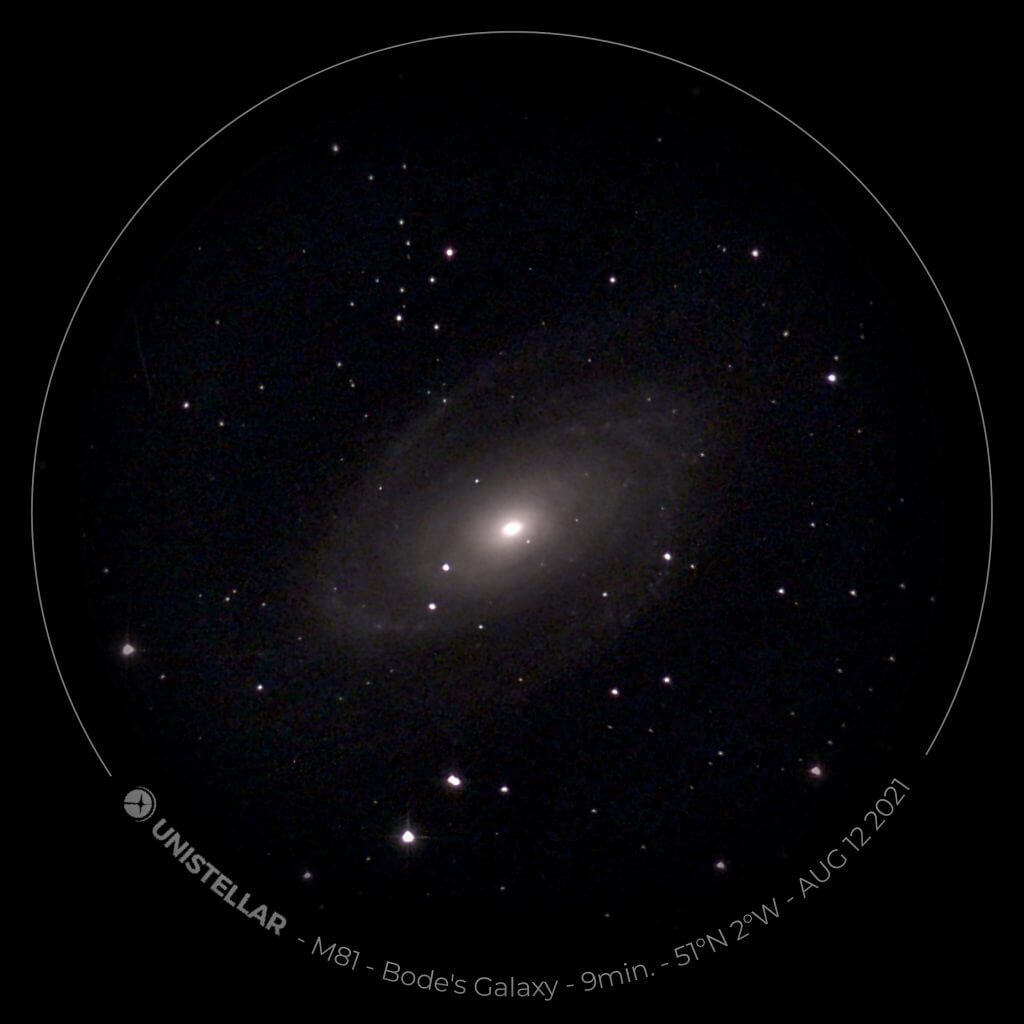
Image captured by Unistellar eVscope user David Rowe (United Kingdom)
Bodes’s Galaxy
Large and bright, M81, or Bode’s Galaxy, is a popular target for professional and amateur astronomers alike. This grand design spiral galaxy makes for excellent viewing, especially in the fall as it rises higher above the horizon.
“It’s a beautifully symmetric spiral, with a bright core and arms that slowly appear as the image builds up,” says David Rowe. “A great one to demonstrate the eVscope.”
We encourage you to share your observations and join the conversation through our Facebook, Instagram and Twitter pages using the hashtag #UnistellarChallenge!
If you’d like to send us your observations by email, send them to [email protected].
Clear skies! 🔭
Further readings
Unistellar Community Included In Multiple Scientific Papers
Did you know Unistellar Citizen Astronomers are often cited in published scientific papers? Find out how you can contribute too!
What Are the Names of All the Full Moons in 2024?
Discover the enchanting names of the full moons in 2024. Delve into the unique character of each lunar spectacle and embrace the allure of the night sky.
New Unistellar App Update: Version 3.0
The latest Unistellar App Update, version V3.0, is now live. Explore a smooth stargazing experience !
What to Observe This November: Open Star Clusters and More
These Halloween deep-sky objects will add some light to those dark, spooky nights. Treats, tricks, and telescopes await!
When Is the Next Solar Eclipse, and How to Observe It With a Unistellar Telescope
An annular solar eclipse is visible from the Americas on October 14. Learn how to witness the Ring of Fire with your Unistellar Telescope!
Halloween Observing Guide: Spooky Deep-Sky Objects
These Halloween deep-sky objects will add some light to those dark, spooky nights. Treats, tricks, and telescopes await!

